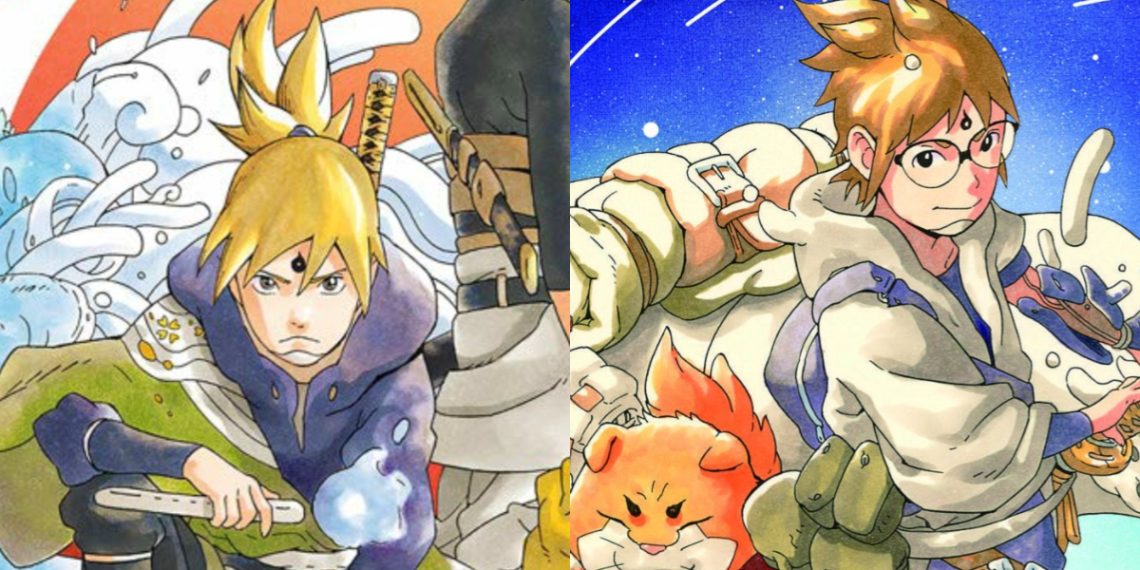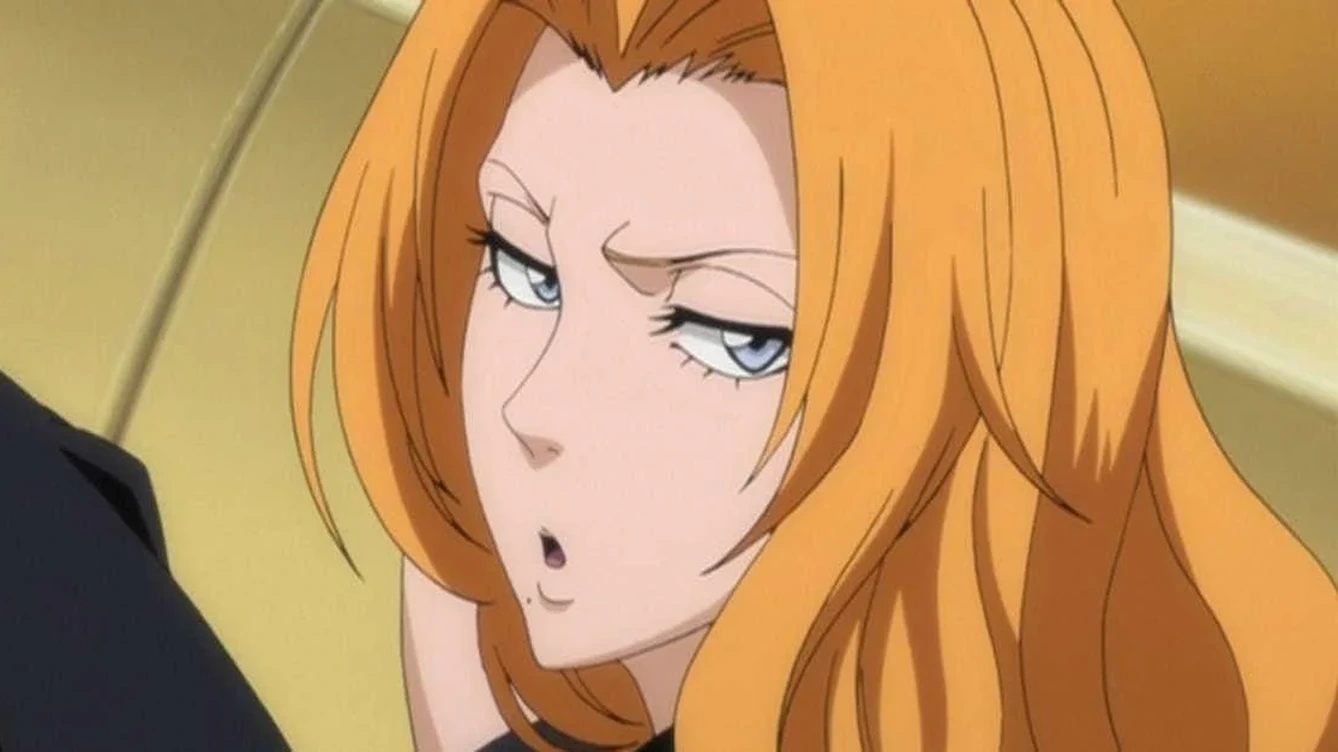Despite being crafted by the renowned manga artist Masashi Kishimoto, Samurai 8 manga didn’t quite capture the widespread attention one might expect. Unlike his previous blockbuster hit, Naruto, this series struggled to find its footing among the animanga enthusiasts.
Despite Kishimoto’s involvement in the writing, the illustrations were handled by Akira Okubo.

The lackluster performance of Samurai 8 left many fans surprised and even unaware of its existence. Given Kishimoto’s track record, this outcome raised questions about what went wrong with this particular project.
To reveal the mystery behind its failure, it’s essential to delve into the technical intricacies of the manga and its overall execution.
Analyzing the Highs and Lows of Samurai 8 Manga
Before diving deep into the Samurai 8 manga’s shortcomings, it’s crucial to acknowledge its positive aspects. Despite its struggles, there were commendable elements within the series.
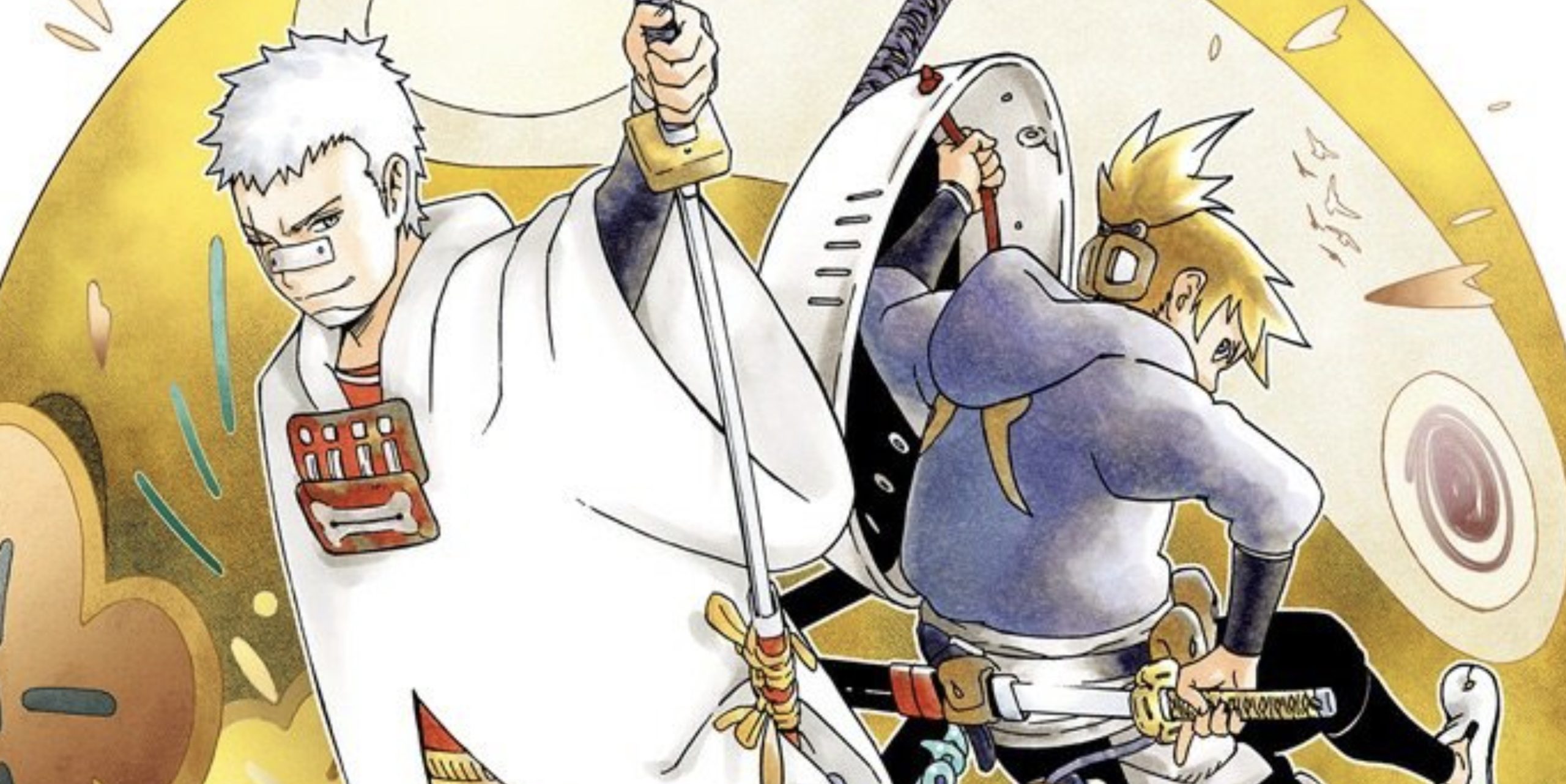
The plot showed promise, keeping fans intrigued about its unfolding narrative. Additionally, certain aspects of the character design received praise, albeit amidst reservations about the overall art style.
However, despite these strengths, the manga faced significant challenges in its execution. While the premise held potential, its development left much to be desired for fans.
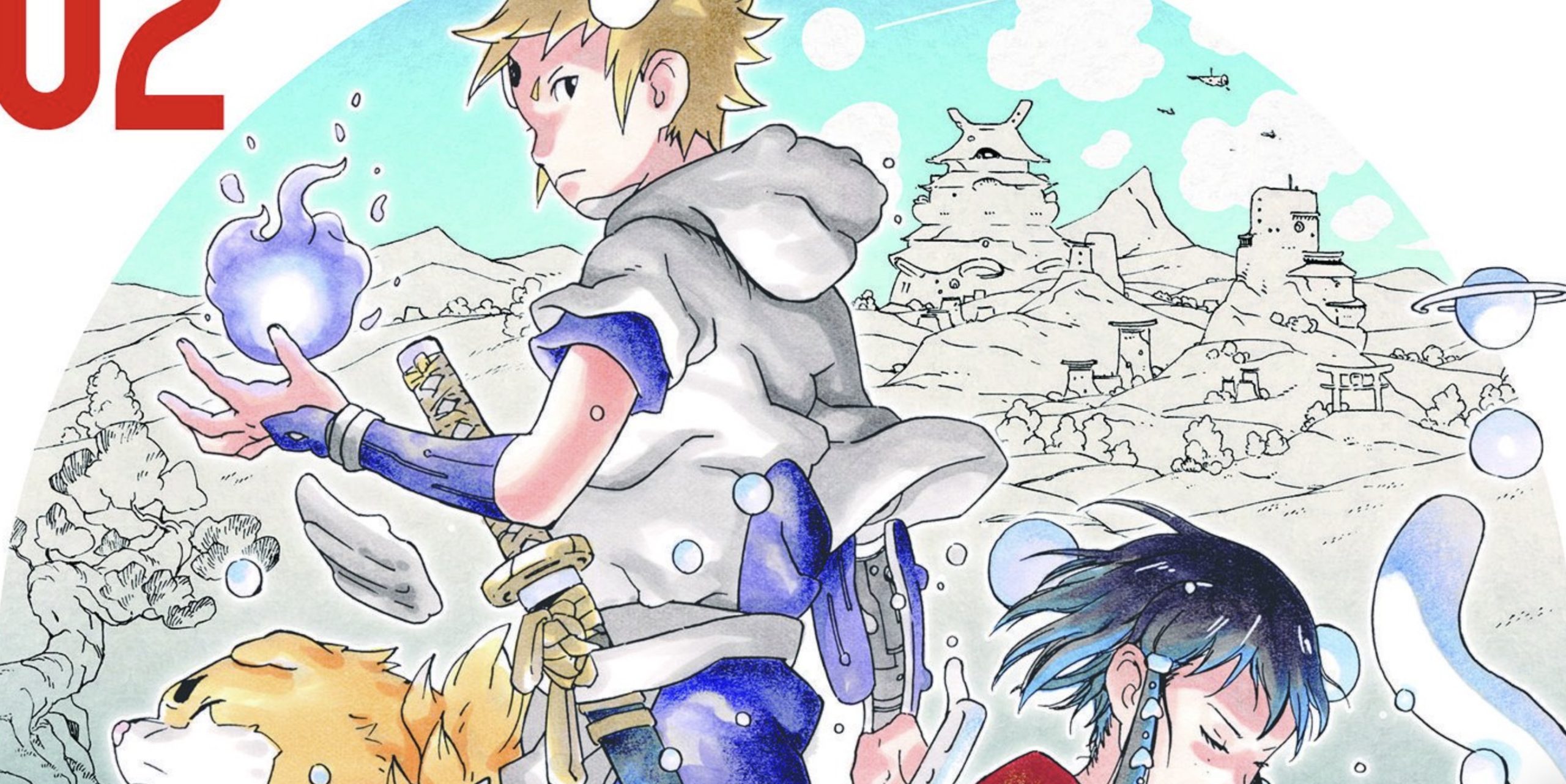
Many readers expressed dissatisfaction with Masashi Kishimoto’s writing style, pointing out areas where it fell short of expectations.
Without a doubt, Naruto stood as a beloved series among fans. However, there’s a prevailing sentiment among fans that Masashi Kishimoto’s acclaimed work was somewhat salvaged by the editorial interventions of Shueisha, suggesting a recurring pattern of subpar writing since his Naruto days.
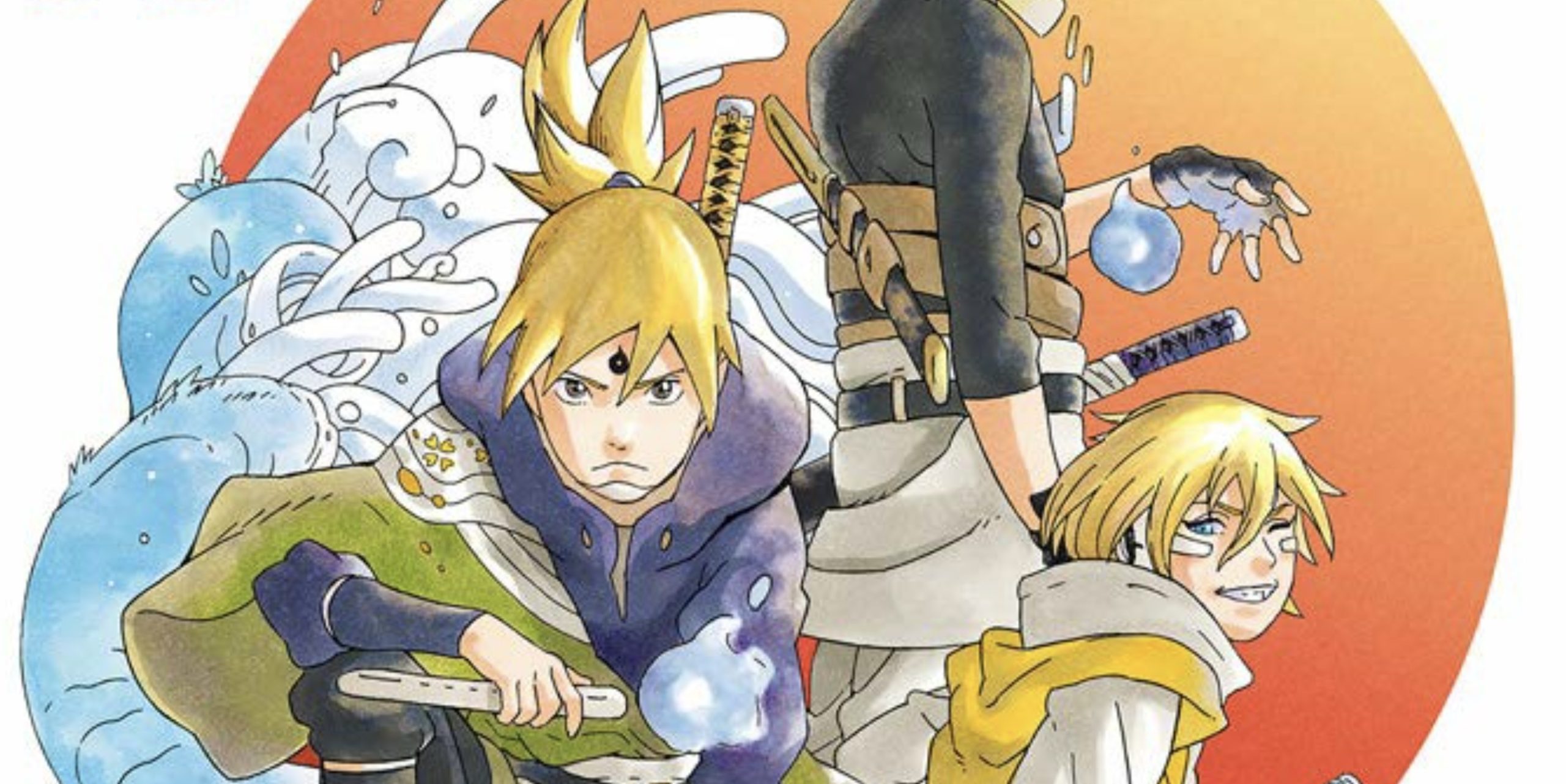
Furthermore, opinions on the art style of Samurai 8 manga were divided among fans.
Akira Okubo’s role as the illustrator for the manga is indisputable, showcasing remarkable talent in visual storytelling. Yet, for a shonen series like Samurai 8, a more dynamic art style was desired.
The genre thrives on exaggerated strokes and sharp lines, creating an atmosphere tailor-made for intense action sequences.
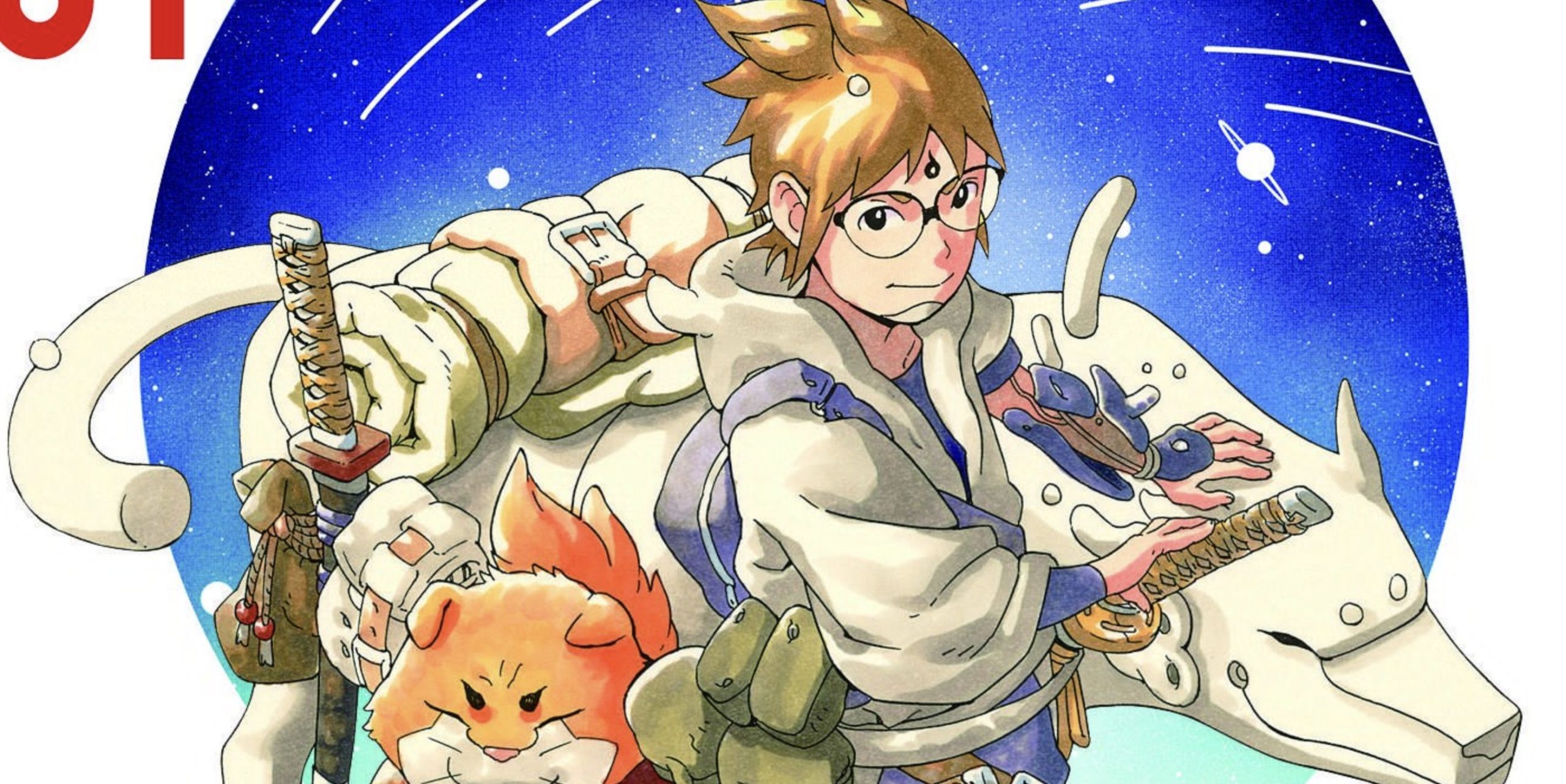
Unfortunately, the softer, rounded lines of Samurai 8’s art didn’t quite resonate with the majority of the animanga community, contributing to its lackluster reception.
Moreover, the weight of sky-high expectations from fans likely added to the series’ downfall. Kishimoto’s reputation preceded him, having created one of the most iconic anime and manga series to date.
The bar was set impossibly high, and when Samurai 8 failed to meet these lofty standards, its fate seemed sealed from the start.


